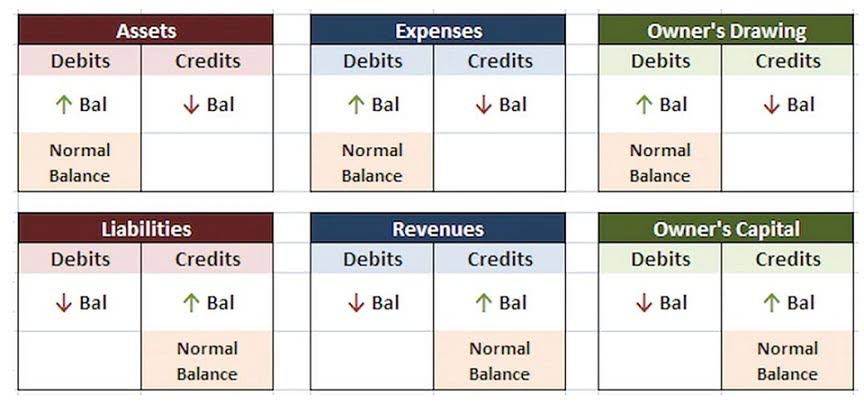
The remaining amount should take care of other expenses like utilities, rent, advertising, and other overhead costs. Your profit will be what remains after getting these expenses out of the way. Indeed, there will always be exceptions since every restaurant is unique. As much as that is the case, insight into the typical percentages sheds light on where to start when evaluating the financial performance of your restaurant. Read our guide on how to do payroll next for an in-depth overview (and information you can reference in the future). A financial advisor can help you understand how taxes fit into your overall financial goals.
Now, add locale information if applicable.
The FLSA only applies to employees working for an employer; independent contractors and volunteers cannot be classified as exempt. SUI provides unemployment benefits to eligible workers who are unemployed through no fault of their own (as determined by state law) and meet the state’s eligibility requirements. New York Department payroll for restaurants of Taxation and Finance provides more information about the affirmative opt-in Employer Compensation Expense Program. If you decide to opt into the program, you can file and pay your taxes for the program online. Under the Federal Unemployment Tax Act (FUTA), New York employers typically must also pay a federal unemployment tax.
Write your employees’ paychecks

To be exempt, employees must be paid a salary over a certain threshold and work in either an administrative, professional, executive, or outside role. Payroll taxes are the payments that employers make when they run payroll for their employees. Income tax is levied on individuals’ salaries, wages and other incomes. You can use Forbes Advisor’s Income Tax Calculator to estimate how much you’ll owe or whether you’ll qualify for a refund.

Tax Basics: How are you paid for your work and services?
You can pay employees in a variety of ways, including direct deposit, paper check, cash, and payroll card. New York has higher overtime exemption thresholds than the federal government. Besides the other requirements to be exempt from overtime pay, employees working in New York State must make at least $1,124.20 per week in 2024 to be exempt. That will rise in 2025 to $1,161.65 per week and again in 2026 to $1,199.10 per week. If you employ one or more employees at least 30 days in a calendar year, you must provide temporary disability insurance. You can do this through private policy or the state insurance fund.

New York Payroll Tax Rates & Minimum Wage
The state stands out for not having a state income tax, which simplifies the payroll process in some respects, though employers still have to manage federal and state unemployment insurance contributions. There’s a lot to consider when doing payroll in New York because of the complexity of the taxes. Not only does it have state income taxes and SUTA, but it also has some local income taxes. Even non-resident employees must pay taxes, which means you need to calculate withholdings differently based on where employees live and where your business is located. New York also has comprehensive paid leave that you’ll need to follow. Payroll taxes are the payments you as an employer make when you run payroll for employees.

- Employers are required to pay for workers’ compensation in New York even if you only have one employee living there.
- If an employee quits on their own accord, small businesses need to pay their final paycheck on or before the scheduled payday, with an option for mailing payment.
- Just go to tax.ny.gov, follow the instructions to set up an account, and pay from there.
- While the Tax Cuts and Jobs Act does cap or limit the SALT deductions for employees, there is no cap for employers.
- For greater detail on general payroll procedures, consult our article on how to do payroll.
They fund government programs, such as Social Security and Medicare. The tax rate on this payroll deduction per employee is 0.373%, with a maximum contribution of $333.25 per year. You’re good enough, you’re smart enough, and gosh darn it, you’ve figured out all your payroll!
What is New York’s minimum wage pay?
Employers in New York are also required for providing employees with State Disability Insurance (SDI) to cover off-the-job accident or illness, in addition to payroll-related taxes and withholding. To help support this policy, the state allows companies to withhold 0.5 percent of pay from employees, but no more than $0.60 every week. The Salary History Ban prevents all employers in the state from inquiring about the salary and compensation history of any potential new hire or current employee. Businesses and employers are also prohibited from seeking that information from a third-party source. There’s more to consider in the Empire State than just federal taxes. New York has a progressive state income tax system, with rates ranging from 4% to 8.82%.
- Finally, paid jury duty may arise for businesses with at least 10 employees.
- This does not have to be a paid break unless the employee is unable to step away from their job duties.
- The rates are the same for couples filing jointly and heads of households, but the income levels are different.
- The State Disability Insurance (SDI), unlike workers’ compensation, provides temporary benefit payments to workers for non-work-related illness, injury, or pregnancy.
Paid Sick Leave (PSL) Taxes
As a self-employed individual or business owner, you may be required to collect and remit sales tax to New York State, in addition to estimated income tax. New York also mandates employer contributions to its Paid Family Leave program, which can be about 0.37% of an employee’s wages — up to a cap of $333.25 per year. Employees with shifts of more than six hours that start before 11 a.m. Must take an uninterrupted lunch break of at least 30 minutes between that time frame.
You can understand how payroll taxes help to finance public programs like Social Security and Medicare. Businesses and employees pay payroll taxes to support federal, state, and local programs. Withheld from the employee’s paycheck, these taxes are calculated as a percentage of their pay.

